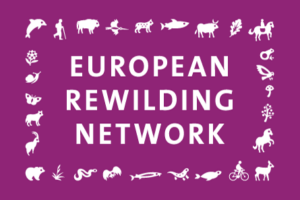The public-private Nassonia initiative is working to rewild an area of state-owned forest in the Belgian Ardennes. Membership of the European Rewilding Network will enhance rewilding efforts.
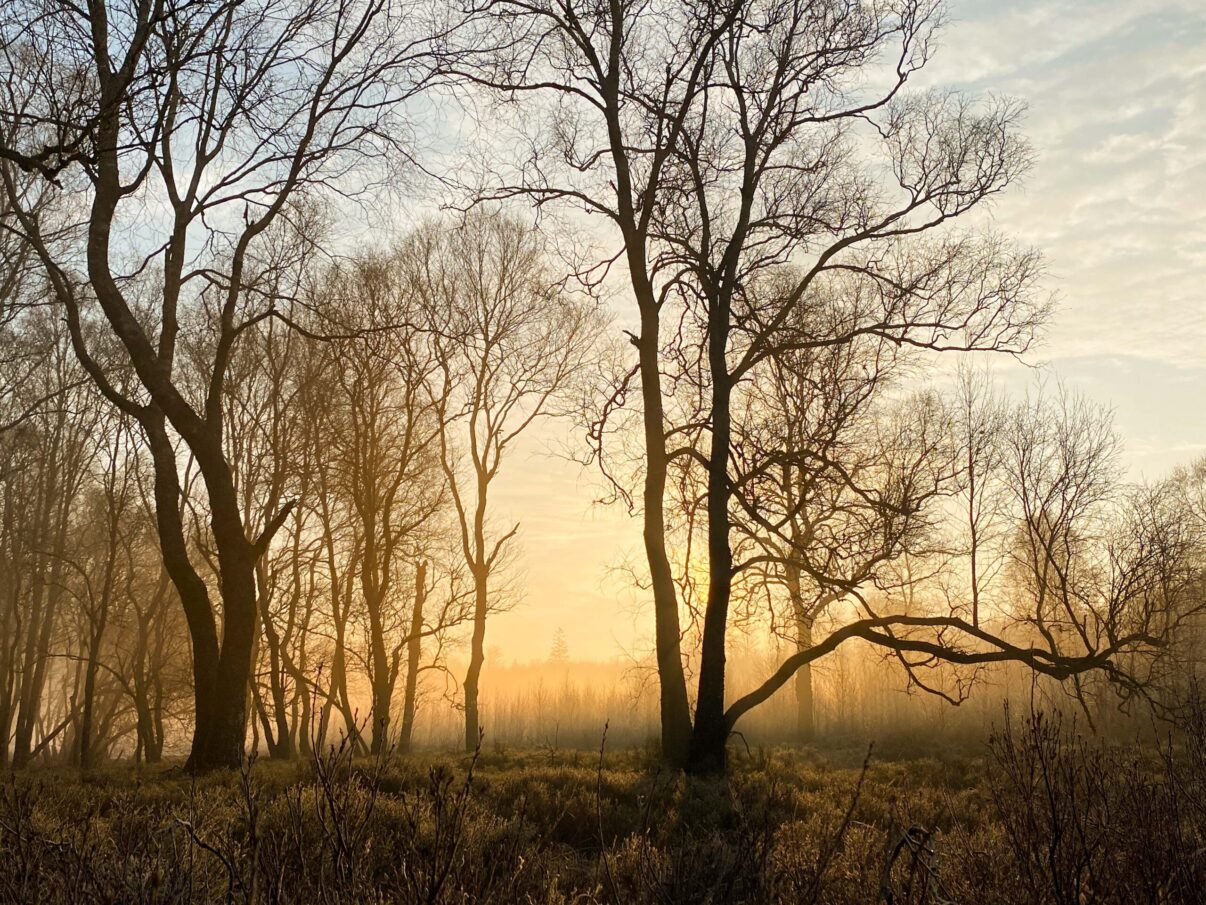
Prioritising proforestation
 The two most pressing challenges facing society today are climate change and biodiversity decline – and the health of our forests is critical to addressing both. While tree planting is widely touted as a quick fix for global warming, studies show that allowing existing natural forests to reach their full potential – a process known as “proforestation” – is a far more effective, immediate, and lower cost approach for removing and storing atmospheric carbon dioxide. It also creates more robust, biodiverse forests that benefit people far more than plantation forests.
The two most pressing challenges facing society today are climate change and biodiversity decline – and the health of our forests is critical to addressing both. While tree planting is widely touted as a quick fix for global warming, studies show that allowing existing natural forests to reach their full potential – a process known as “proforestation” – is a far more effective, immediate, and lower cost approach for removing and storing atmospheric carbon dioxide. It also creates more robust, biodiverse forests that benefit people far more than plantation forests.
It is good news, then, that a growing range of forest rewilding initiatives are now springing up across Europe. One of these is the Belgium-based Nassonia initiative, a public-private partnership launched in 2018 between the region of Wallonia and the Pairi Daiza Foundation, which aims to rewild 1645 hectares of the state-owned Saint-Michel Freyr Forest in the southwest of the country, in the Ardennes. Going forwards, a new management plan for the site will help to create a more functional and resilient forest, governed by natural processes such as decomposition and natural grazing.
The network effect
Nassonia has just become the latest member of Rewilding Europe’s European Rewilding Network (ERN). With many other members involved in natural forest regeneration and forest management, the initiative’s inclusion will strengthen the network’s collective expertise and help the Belgian team as they continue on their own rewilding journey.
“We’re very happy to be joining the ERN,” says Gérard Jadoul, coordinator of the Nassonia initiative. “Belonging to such an inspiring and supportive network will really enhance our efforts on the ground. And as we grow further, we look forward to sharing our unique experience with other ERN members.”
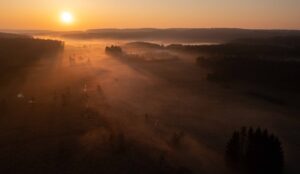

For the people and nature
The Nassonia initiative lies at the heart of 50,000 hectares of public (mainly) and private forests, with most of the area enjoying Natura 2000 status. It already includes and is surrounded by a number of nature reserves, many of which have benefitted from their own conservation initiatives. The Nassonia team have already restored important areas of alluvial and deciduous forest and heathland at the site.
Those overseeing the Nassonia initiative have written and published a master plan that shows how the forest will develop over the coming decades. This plan has benefitted from a large public consultation, with local stakeholders and 50 citizens involved in meetings and discussions. The overall goal is to enhance the site’s biodiversity and wildlife abundance, while allowing people to continue visiting and enjoying nature, and enabling scientific research to take place.
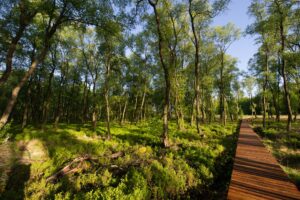
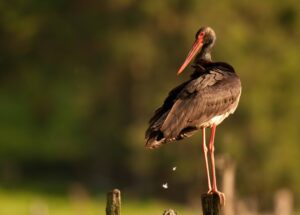
An exciting future
Gérard Jadoul is excited to see the Saint-Michel forest gradually reverting back to its natural state.
“We want to give natural processes free rein to reshape a large part of the forest, allowing people visiting to really connect with nature,” he says. “We want to see the varied habitats here hosting a diverse range of wildlife, including species that are making a comeback in Europe, such as the wolf and Eurasian lynx,” he says. “Dead wood will be left in place, for example, to aid the forest’s scavenging community, to protect soils, and to favour natural regeneration. Any income generated by the forest of Saint-Michel will go back to the forest of Saint-Michel.”

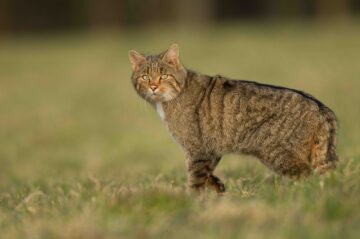
A platform for exchange
Today rewilding is gaining momentum as a progressive and effective approach to conservation in Europe. Underpinning this trend, the burgeoning European Rewilding Network continues to foster collaboration and amplify results.
Founded by Rewilding Europe in 2013, the aim of the ERN is to enhance the efforts of each member by facilitating the exchange of skills, insight and experience. Members meet regularly, usually via webinar, while nature-based businesses can also apply to Rewilding Europe Capital, Rewilding Europe’s enterprise loan facility.
Rewilding Europe extends a warm welcome to all European rewilding initiatives that focus on practical, result-oriented rewilding and encourages them to apply for ERN membership.

